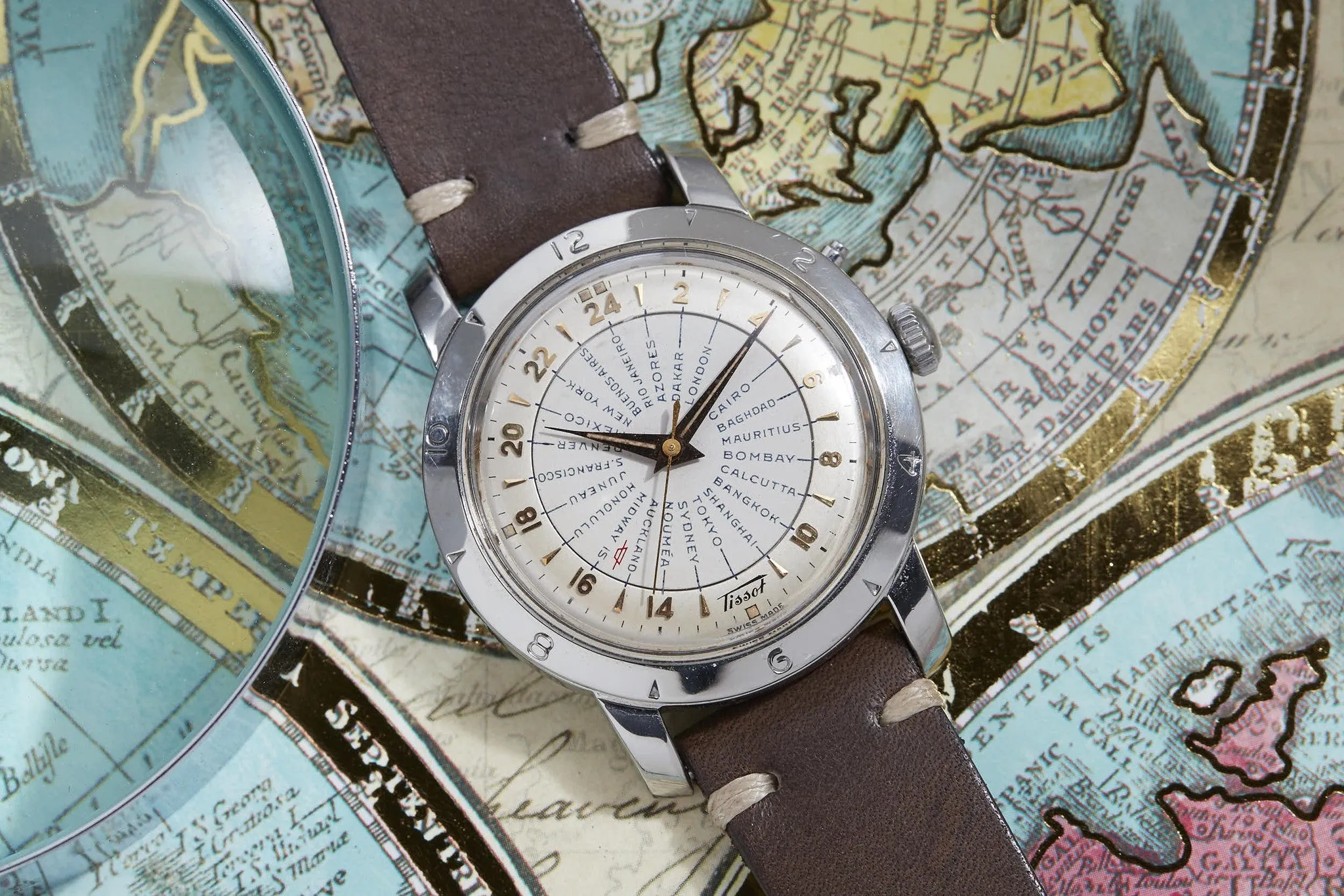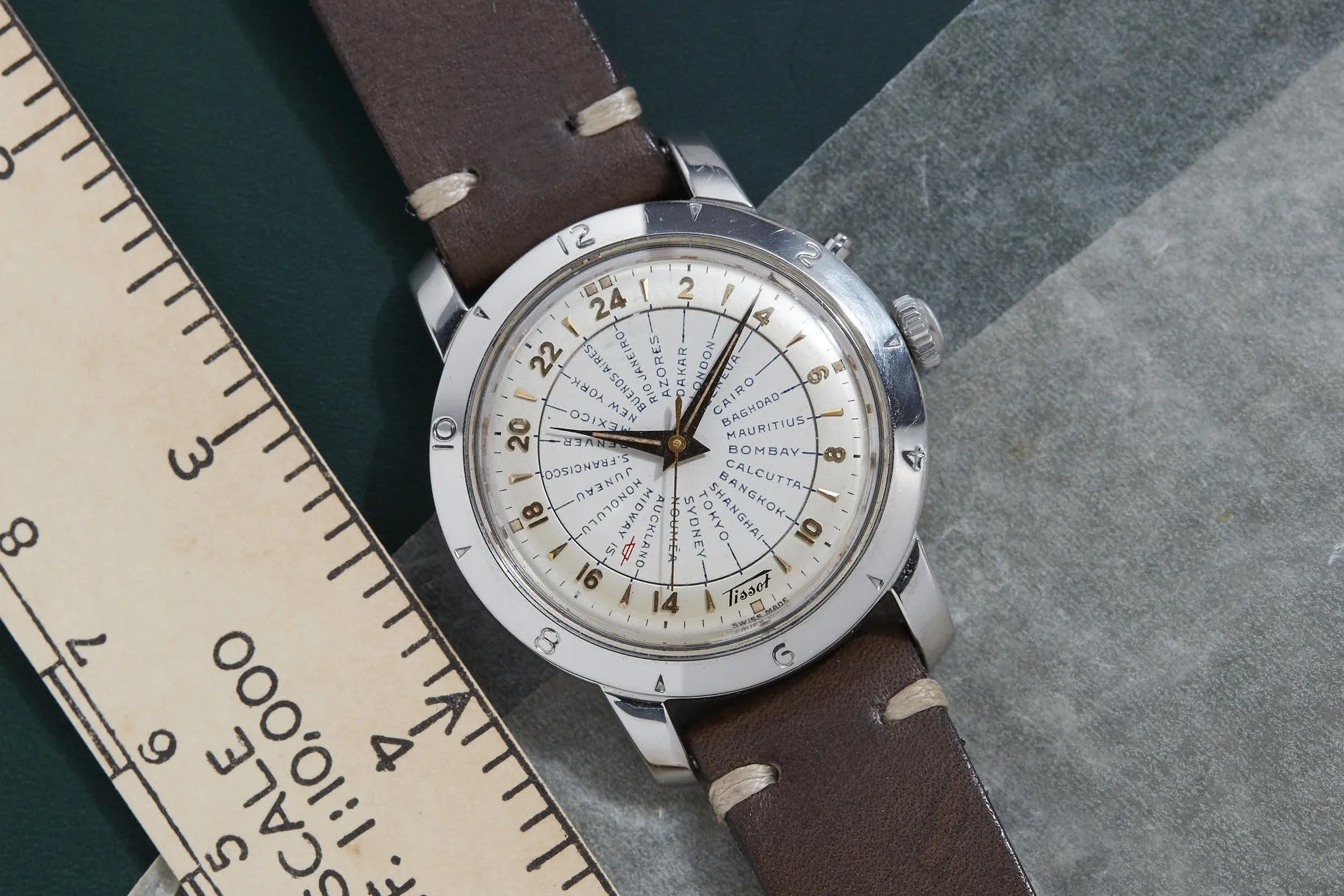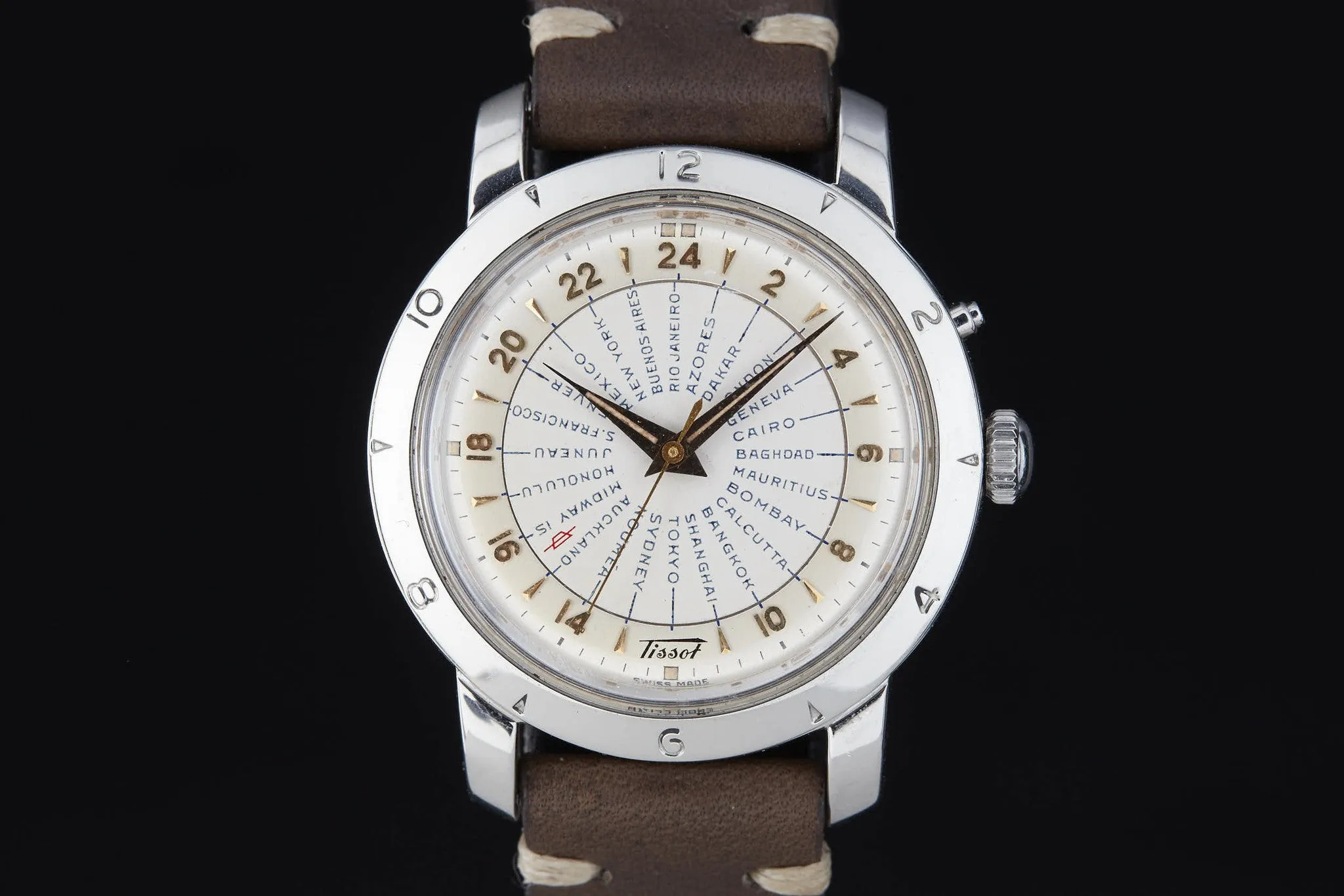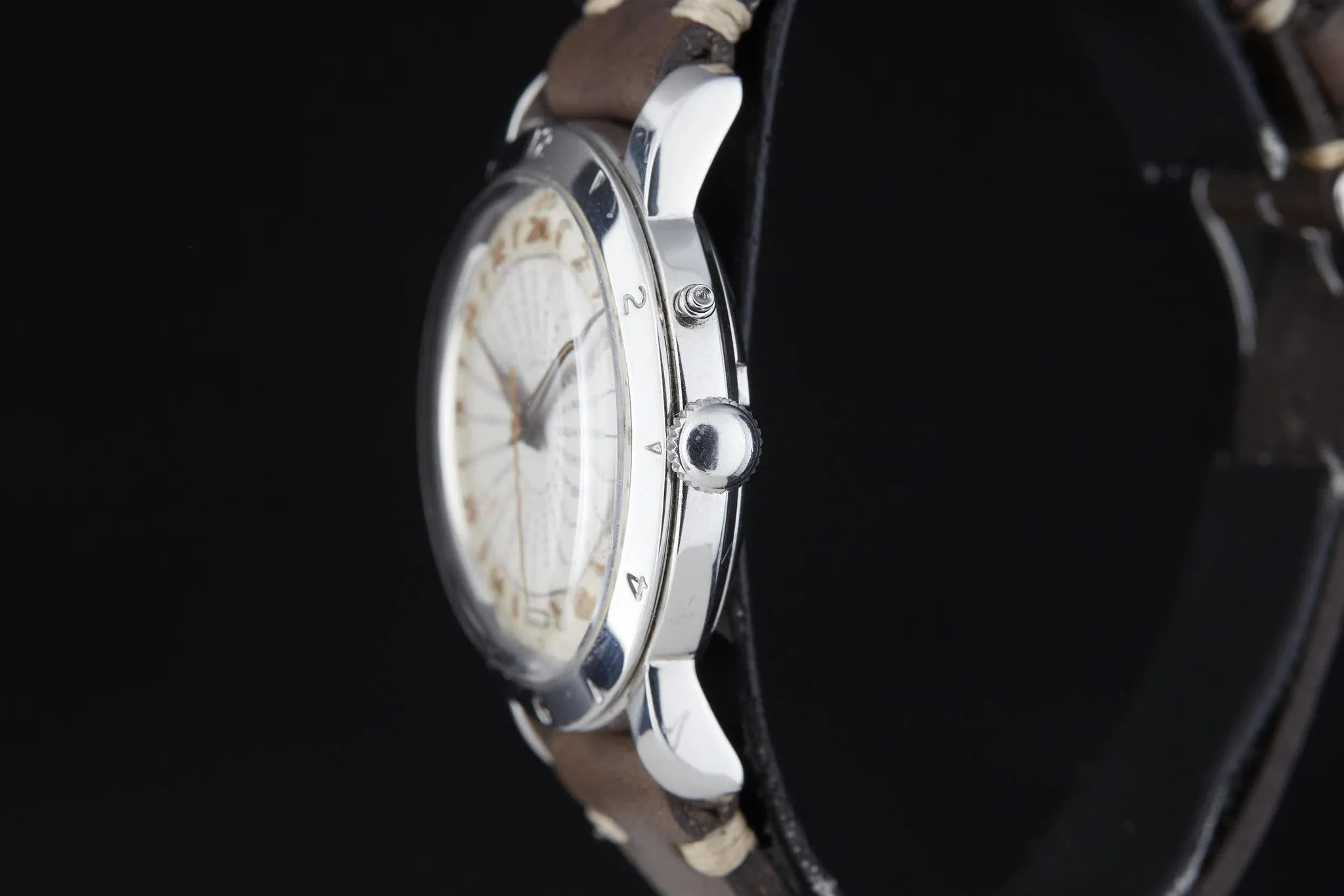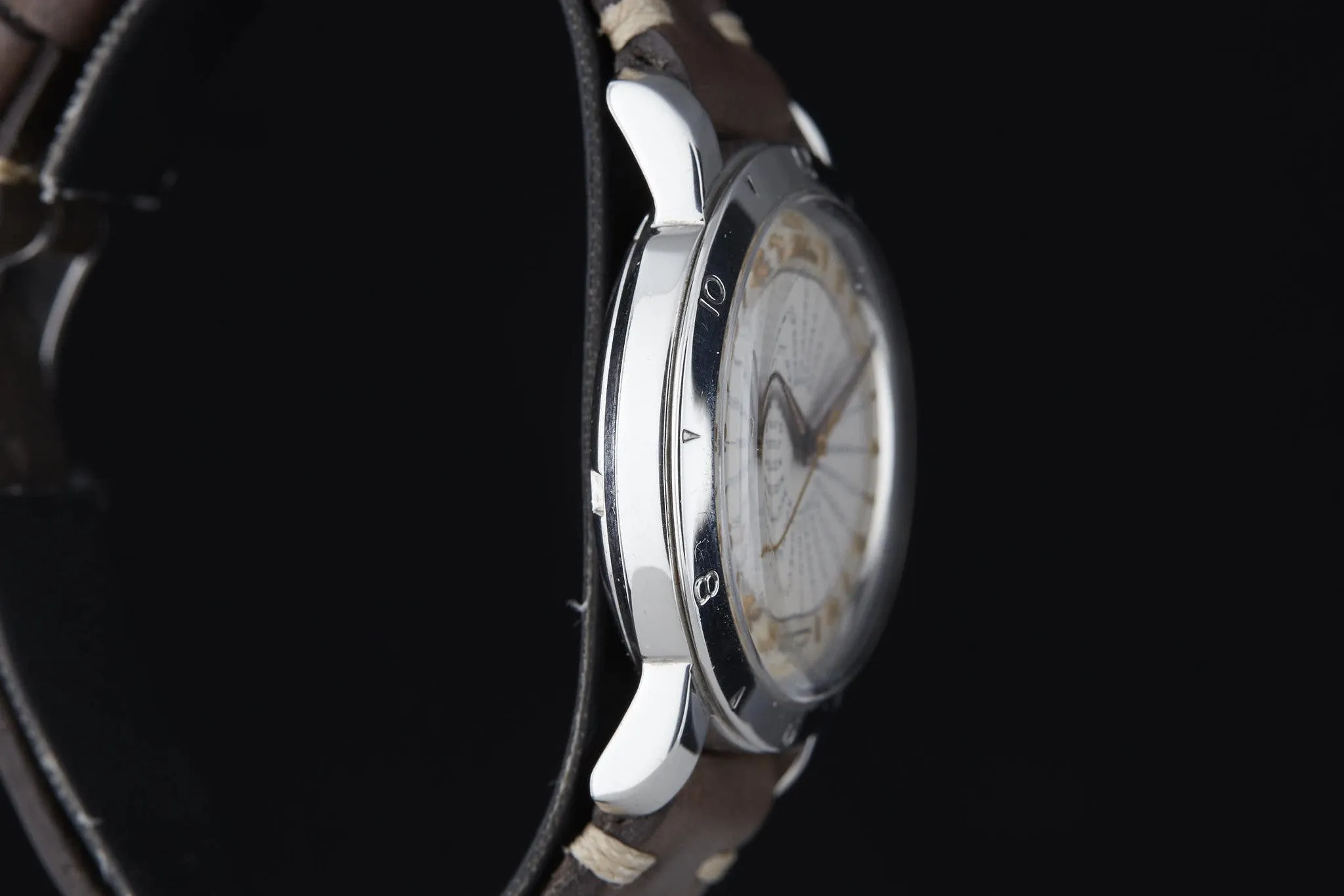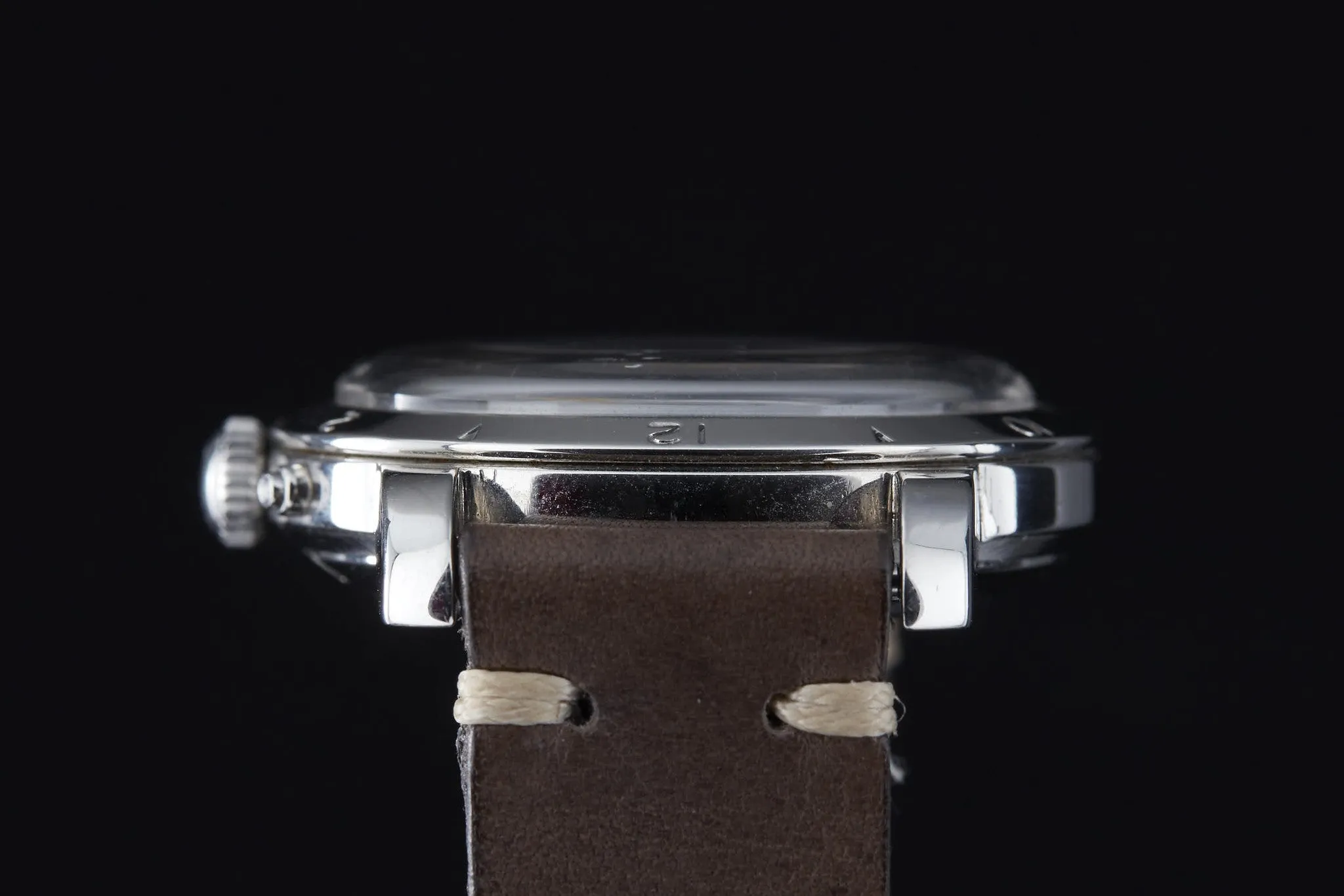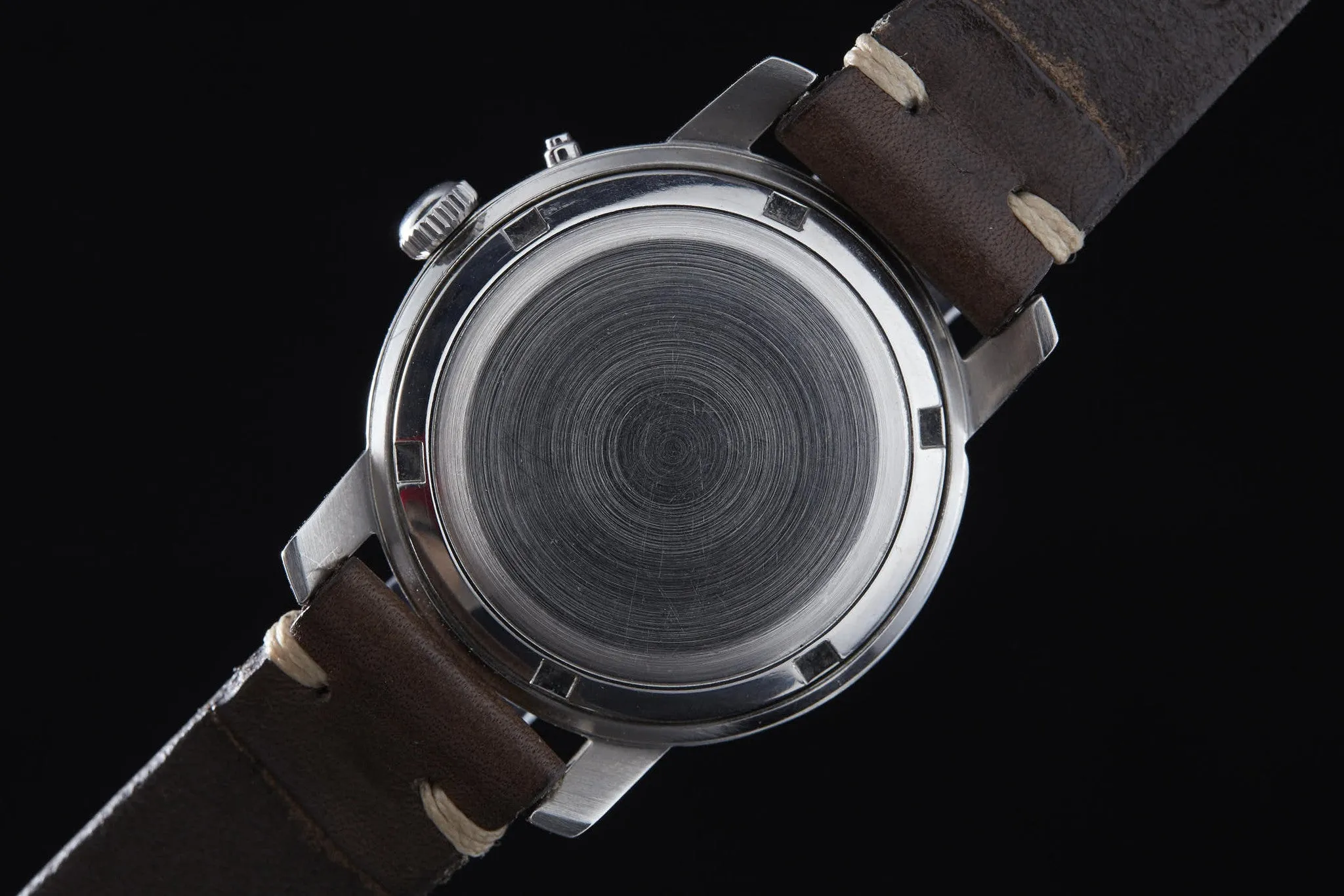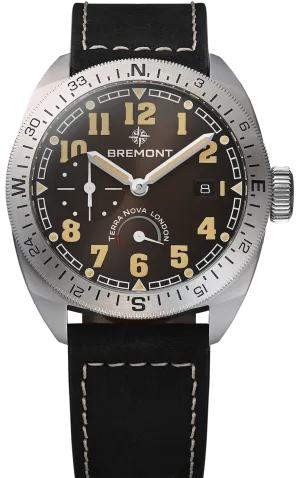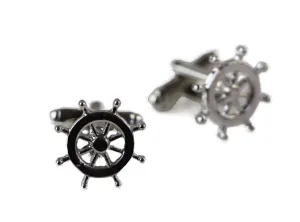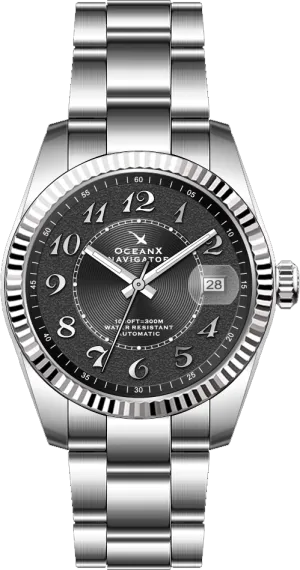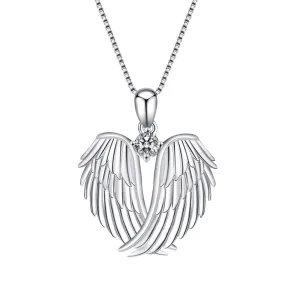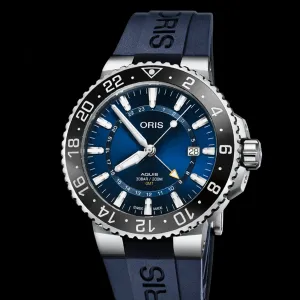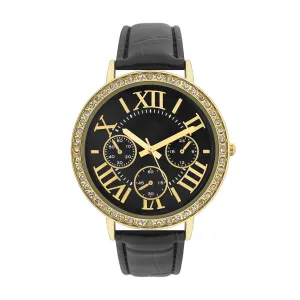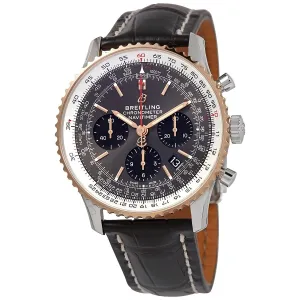The Jet Age shrunk the world.
The advent of transcontinental and transatlantic jet travel made it possible for a person to sip an espresso in the Bar Della Pace in the morning and still make an 8:00 reservation at Lutèce that same evening. But despite this revolutionary development, it was merely the result of old technologies being adapted to suit the unprecedented proliferation and relative ease of global travel.
After all, the Trans-Siberian Railway had been ferrying passengers across eight timezones since 1916. To meet the demands prompted by the establishment of railway time in the 1860s, watch manufacturers such as Hamilton and Elgin developed railroad pocket chronometers that had a third hand to indicate an additional timezone. At the higher-end of the spectrum, in the 1930s and 1940s manufactures such as Vacheron Constantin and Patek Philippe produced world time pocket watches (and later wristwatches) using a World Time dial layout designed by Louis Cottier.
But since a journey from Moscow to Vladivostok on the Rossiya could take six days—roughly the same as a transatlantic crossing on the Queen Mary e—passengers could merely set their watches to the local time upon arrival, thus rendering the GMT or world time pocket watches expensive and whimsical.
However, the sheer immediacy of jet travel—and the frequency at which these transatlantic and transcontinental flights occurred— made it necessary for travelers to have a type of wristwatch that could display two timezones at once.
While the Rolex GMT Master is arguably the best-known of all wristwatches to emerge from this era, other manufactures raced to develop a wristwatch that did more than just indicate a second time zone with a fixed 24-hour hand. These wristwatches employed rotating discs that displayed the world’s timezones, with names of major cities to represent each region. Perhaps the most elegant and visually-arresting of these is the Tissot Navigator World Time.
In fact, the Navigator World Time debuted in 1953, a year before the GMT Master. Tissot produced the Navigator throughout the 1960s, shifting from a pusher-operated system to one with a rotating inner bezel. This particular example dates from the 1950s and is thus an earlier one with pushers. To set it, you merely align the disc depicting your home timezone to midnight, stop the discs using the pusher at 2 o’clock, and then set the hour and minute hands the usual way.
The case, though only 36mm, is beefy, with fat lugs and a steel bezel. The watch is powered by an in-house Tissot Caliber 28.5N-21T automatic bumper-wind movement, which Tissot used exclusively for the Navigator.
With similar early examples from the 1950s rarely surfacing on the market, they’re still relatively affordable. They’re certainly more attainable than the versions produced by Patek Philippe or Vacheron Constantin, or even a Rolex GMT. For a budget vintage world timer that exudes Jet Set elegance, the Tissot Navigator is it.

